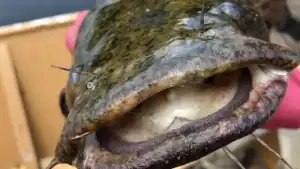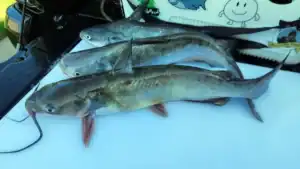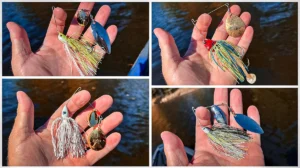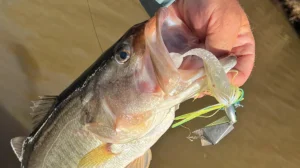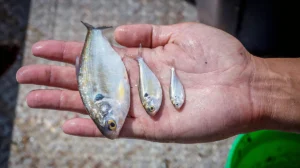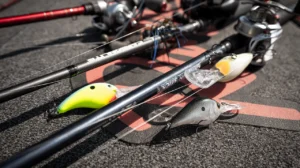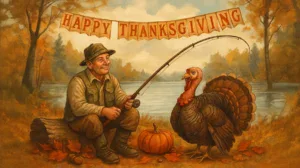Down here in Louisiana, fishing isn’t just about the fight or the photo. It’s about filling the freezer. While our primary focus might be targeting bass, sac-a-lait (crappie), or bream, there’s one species that consistently puts meat on the table like no other: catfish.
Whether they show up as welcome bycatch on an inshore trip or serve as the main target for dedicated anglers, these bottom feeders have earned their place as Louisiana’s most reliable table fare. I’ve been fishing Louisiana waters since before I can remember, and one thing has remained constant: We never throw back catfish.
The Blue Cat Explosion
When it comes to Louisiana catfish, blue cats dominate our waters by a landslide. Channel catfish run a distant second. Blues have always been part of our fisheries, but the species has absolutely exploded in southeast Louisiana waters since the Mississippi River flowed into Lake Pontchartrain. This happened during numerous openings of the Bonnet Carré spillway from 2016 to 2020.
The fresh water didn’t just fill the lake. It eventually made its way into the inshore waters of southeast Louisiana, creating new habitat for blue cats.
Today, anglers are pulling blues not only from Lake Pontchartrain but even as far south as Lake Borgne. This lake has traditionally been considered a saltwater fishery.
While I’ve always known how to catch catfish, it wasn’t until I met Ray Miller that I learned how to truly hammer these fish. Miller is a true Cajun, originally from Henderson, Louisiana. He now lives in Madisonville just five minutes from the Tchefuncte River. There, he’s refined his techniques over decades of catfish pursuit.
Prime Time for Patterning Fish

Miller’s favorite time to target blue cats is June, when the spawn forces them into tight schools. However, these fish can be caught year-round. In August, Miller says these fish become remarkably easy to pattern.
As temperatures soar and shallow waters become too warm, catfish instinctively move to deeper, cooler areas. Here, oxygen levels remain stable.
“In summer, it’s all about the bends,” Miller explains, focusing on these areas because they hold the deepest water. “As the river flows, it digs out sediment in the bends, and over time, these spots become considerably deeper than any other area of the main river.”
This predictable behavior makes August one of the most consistent months for catfish action in Louisiana waters.
The Green Worm Game Changer
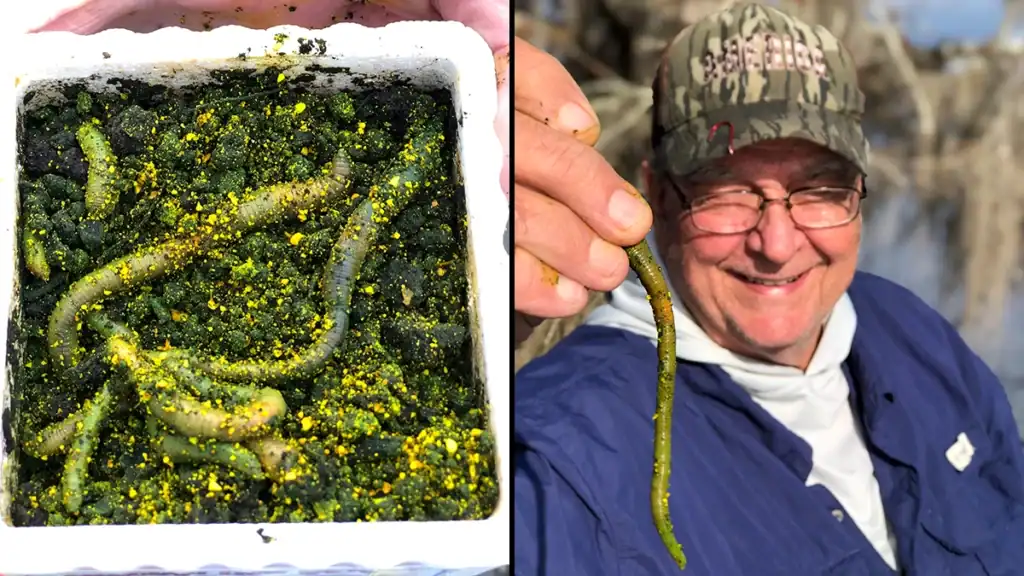
Ask most anglers about catfish bait and you’ll hear the usual suspects: chicken hearts, market shrimp, and hot dogs. Miller relied on these traditional baits for years until a recent trip led to a discovery that changed everything.
“I was fishing and struggling,” Miller recalls. He spotted a group of catfish on his LiveScope about 20 feet down in 30 feet of water. When he lowered his shrimp down, he watched the fish examine it without biting.
“What kind of catfish doesn’t eat shrimp?” he joked.
That’s when Miller tried something completely new. He reached into his ice chest and pulled out a box of green worms he had prepared earlier in the week. He broke off about an inch and threaded it onto his hook. On the first drop, he watched a catfish swim up, examine the worm, and swallow it. Miller caught a box full of catfish using the worms that day, and since then, it’s become his go-to bait.
To create these “green worms,” Miller starts with a small container of night crawlers. Then he adds a tablespoon of Worm-Glo, a non-toxic worm food that the worms eat and digest.
“I throw a tablespoon of this stuff into the container three days before I go fishing, and when it’s time to use them, the worms are bright fluorescent green,” he explains.
The technique is elegantly simple: break the worm into three sections. Use just enough to thread on the hook while leaving the end hanging so the worm can move naturally. In August’s deeper waters, this movement and bright color combination prove irresistible to blue catfish.
One crucial tip from the wise Cajun: “Never keep the night crawlers in the kitchen refrigerator! I made the mistake of keeping worms next to the leftovers one time and had to sleep on the couch that night.”
Miller’s Proven Catfish Setup
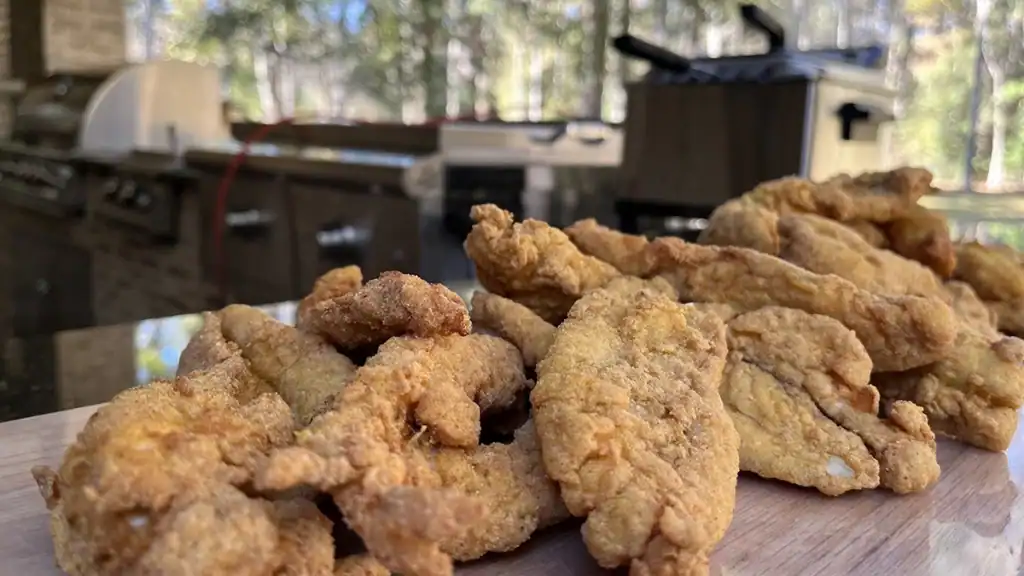
Miller keeps his rig simple and effective. He starts with a 1/4-ounce bullet weight that butts up against a swivel. Then he ties an 18-inch, 20-pound mono leader ending with a 6/0 circle hook. About eight inches above the hook, he crimps on a small split shot.
“The split shot helps the line fall evenly so it doesn’t double over on itself,” Miller explains. This detail might seem minor, but when targeting catfish in 30 feet of water, presentation matters.
Looking Ahead to Fall
Miller predicts the blue cat bite in the rivers should continue strong into October when cold fronts begin arriving. Around this time, shad baitfish invade the rivers. When that happens, it’s all about following the baitfish. These catfish will be stocking up for winter, aggressively feeding on shad to fatten up before the lean months.
For now, summer presents Louisiana anglers with some of the year’s most consistent catfish action. Whether you’re specifically targeting blues or they show up as welcome bycatch, these fish will put plenty of meat in the freezer. And in Louisiana, that’s what really counts.


